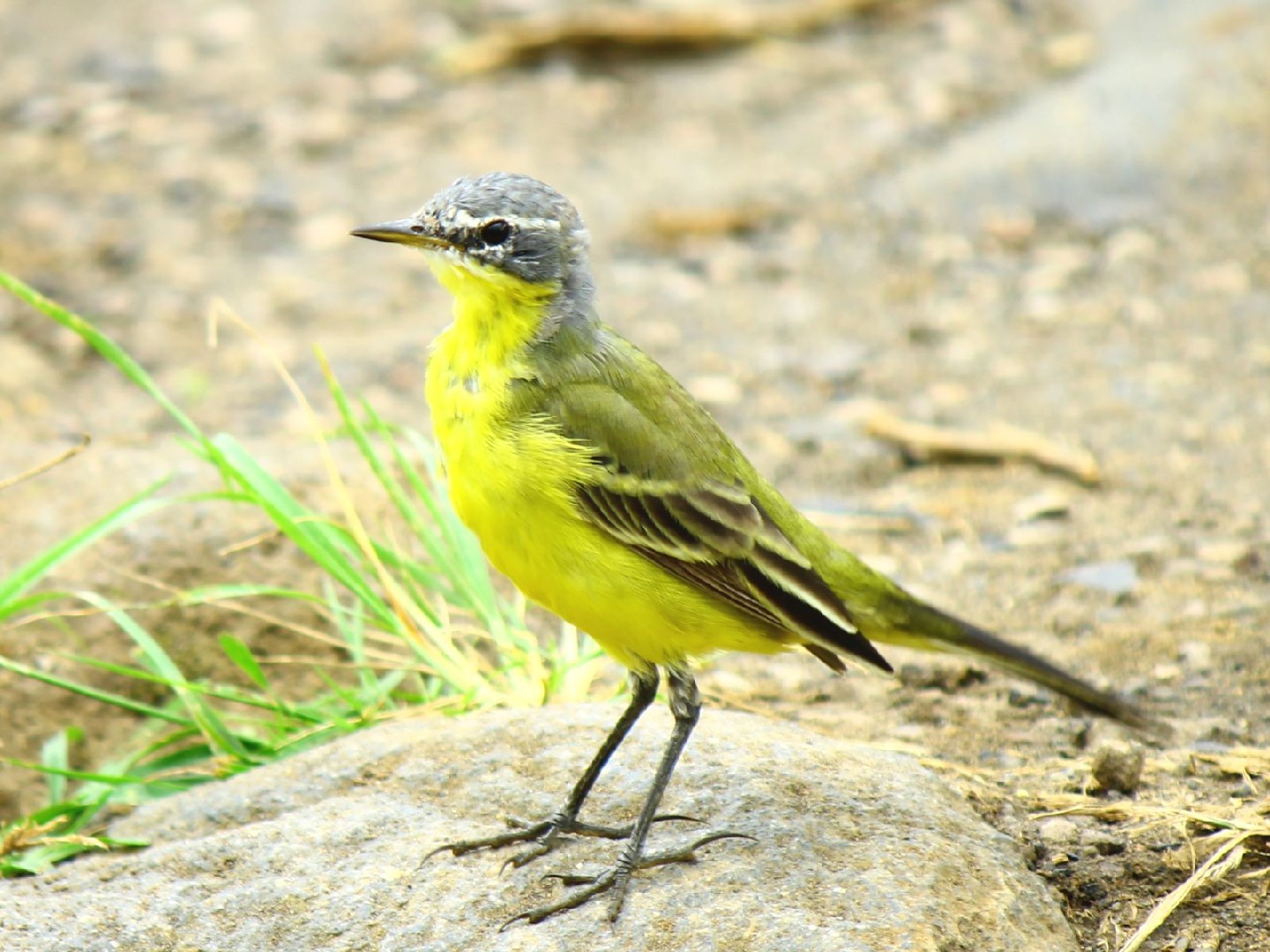Eastern Yellow Wagtail
A species of Wagtails Scientific name : Motacilla tschutschensis Genus : Wagtails
Eastern Yellow Wagtail, A species of Wagtails
Botanical name: Motacilla tschutschensis
Genus: Wagtails
Content
Description People often ask General Info
 Photo By Ariefrahman , used under CC-BY-SA-3.0 /Cropped and compressed from original
Photo By Ariefrahman , used under CC-BY-SA-3.0 /Cropped and compressed from original Description
The eastern yellow wagtail (Motacilla tschutschensis) is a small passerine in the wagtail family Motacillidae, which also includes the pipits and longclaws. It was often classified as a subspecies of the Western yellow wagtail. This species breeds in the East Palearctic and has a foothold in North America in Alaska. Populations migrate to south Asia and Australia. Vagrant individuals occur around the winter quarters at migration time. For example, on Palau in Micronesia migrant flocks of this species – apparently of the Bering Sea yellow wagtail, and including many adult males – are regularly seen, while further north on the Marianas, only the occasional stray individual – usually females or immatures as it seems – is encountered. It is a slender 15–16 cm long bird, with the characteristic long, constantly wagging tail of its genus. The breeding adult male is basically olive above and yellow below. In other plumages, the yellow may be diluted by white. The heads of breeding males come in a variety of colours and patterns depending on subspecies. The call is a characteristic high-pitched jeet. This insectivorous bird inhabits open country near water, such as wet meadows. It nests in tussocks, laying 4–8 speckled eggs. The Acanthocephalan parasite Apororhynchus paulonucleatus was discovered in the colon and cloaca of the Eastern yellow wagtail. 
Size
17 cm (6.5 in)
Colors
Brown
Black
Green
Yellow
Gray
White
Life Expectancy
9 years
Nest Placement
Ground
Feeding Habits
Eastern Yellow Wagtail, a bird with a primarily insectivorous diet, actively forages for a variety of insects, exhibiting unique prey-flushing strategies. Specialized feeding adaptations allow efficient hunting across different terrains.
Habitat
Eastern Yellow Wagtail thrives in wet, marshy terrains, predominantly in northeastern regions. Their breeding habitats encompass wet meadows, grassy swamps, and tundra clearings. They prefer areas below 1200 meters elevation. Outside breeding seasons, they frequent wet grasslands, abandoned fields, and anthropogenic sites like airfields. Roosting occurs in flooded scrublands and mangroves.
Nest Behavior
The female eastern Yellow Wagtail typically builds the nest, with the male defending territory and attracting a mate, sometimes through flight songs. The nesting season sees the female lay eggs, provide care, and both parents protect the young.
Nest Characteristics
The nest of eastern Yellow Wagtail is a ground structure, commonly concealed under shrubs or grass, or nestled in sedge hummocks. It's a cup-shaped construction composed of grass, leaves, weeds, moss, lichens, and lined with animal hair or feathers.
Dite type
Insectivorous
People often ask
General Info
Feeding Habits
Bird food type
Sounds
Call
Recording location: United States
Species Status
Not globally threatened.
Scientific Classification
Phylum
Chordates Class
Birds Order
Perching birds Family
Wagtails Genus
Wagtails Species
Eastern Yellow Wagtail